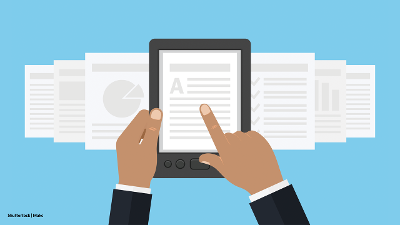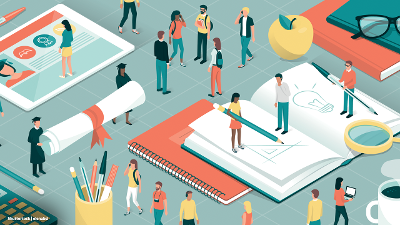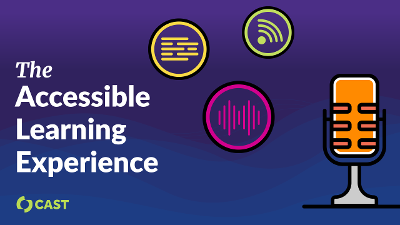Showing results 131-140 of 178 for accessible technologies
Search results
-
Find sample language and guidance you can adapt to communicate accessibility requirements in RFPs, Instructional Materials Adoption and contracts.
-
Presentation
2:00PM – 1:00PM ET on Friday, July 14, 2023
This session explains why and how AT and AEM can be and should be a natural part of how children develop literacy. We'll also hear stories about young learners facing barriers to reading and writing. What do their stories tell us about what we need next as educators?
-
Webinar

2:00PM – 3:00PM ET on Tuesday, June 11, 2019
A Voluntary Product Accessibility Template (VPAT) is meant to provide a standard format for vendors to report the extent to which a digital material or technology product meets accessibility standards. Despite recent updates meant to streamline the VPAT and make it easier to use, the VPAT remains a highly technical document. In this webinar, we will discuss the benefits and limitations of the VPAT and then walk you through an exemplar VPAT as we provide tips for what to look for in each section when interpreting a VPAT from a vendor.
-
Presentation

12:45PM – 3:00PM ET on Thursday, November 3, 2022
Participants will be provided with supporting resources and action steps to be prepared for their next IEP meeting.
-
Presentation

2:20PM – 3:20PM ET on Thursday, January 30, 2020
Get to know the AEM Pilot, a free, web-based teaching, self-assessment and progress monitoring tool for school districts. In this session, you and your fellow passengers will be guided through the tool, and coaching on how the AEM Pilot can be used in your own settings will also be included.
-
Presentation

3:10PM – 4:00PM ET on Wednesday, October 21, 2020
Join us to learn tips and tricks from our experts including gaining a better understanding of how to increase accessibility for all participants and users, including those with disabilities.
-
Webinar

2:00PM – 3:30PM ET on Tuesday, April 26, 2022
In this interactive webinar, participants will engage with the AEM Center's Quality Indicators and learn how Virginia Tech and the University of Maine System are using them to improve systemic accessibility.
-

Get practical tips and resources for developing accessible content that is Perceivable, Operable, Understandable and Robust (POUR).
-
Webinar

3:00PM – 4:00PM ET on Thursday, May 9, 2019
The Quality Indicators for the Provision of Accessible Educational Materials (AEM) can be used by faculty, IT, instructional designers, administrators, and others at higher ed institutions to self-assess and map improvements of course material accessibility. Join a discussion with a panel of higher ed professionals who have experience with many of the Critical Components of the Quality Indicators. To get the most out of the webinar, we recommend previewing the Quality Indicators (http://aem.cast.org/policies/quality-indicators-provision-aem.html) and the Higher Education Critical Components (http://aem.cast.org/policies/higher-education-critical-components.html).
-
Podcast

National AEM Center at CAST, 2022
In this episode, our friends from Step Up AT explain how they are addressing the challenge of building capacity for the effective use of AT in the diverse settings where young children with disabilities and their families receive services.
